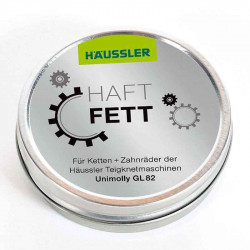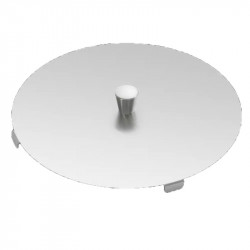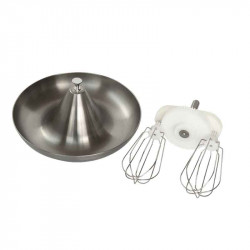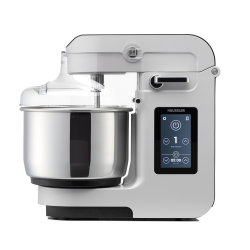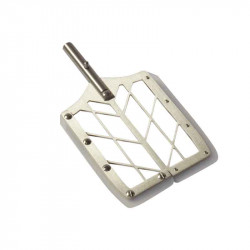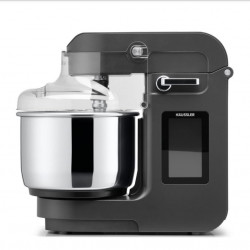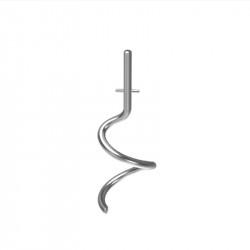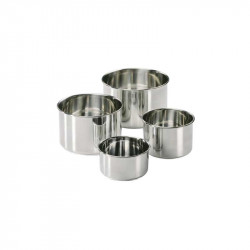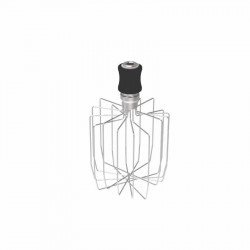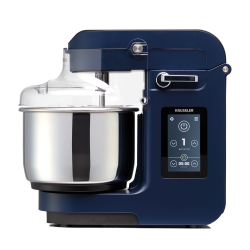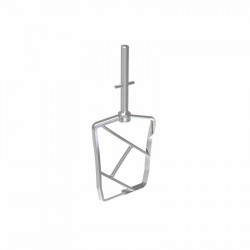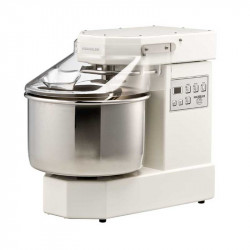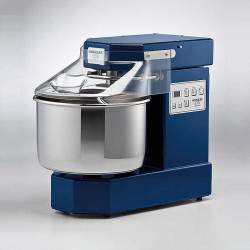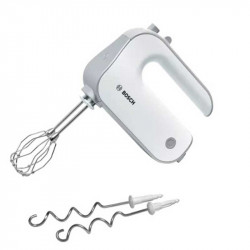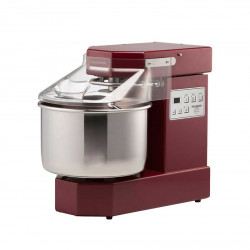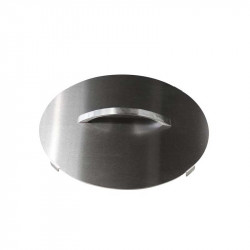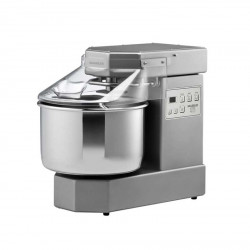Dough kneading machine
What are the dough kneading machines for bread dough?
There are several types of dough kneading machines that are suitable for making bread dough. Here are some examples:
1. Food processors with kneading function: Many popular food processors have a special kneading function that can be used to knead bread dough. These machines usually have a kneading arm or mixing bowl with a dough hook.
2. Stand mixers with kneading function: Some stand mixers are equipped with special attachments for kneading dough. These attachments often have dough hooks that can effectively mix and knead dough.
3. Food processors with planetary mixers: Some high-quality food processors, especially those with planetary mixers, can effectively knead bread dough. These machines have a kneading arm that rotates around the mixing bowl in a pattern of motion.
4. Bread machines: there are special bread machines that do the kneading, rising and baking of bread automatically. These machines often have a special dough kneader that can effectively mix and knead the dough.
It is important to note that the performance and functions of dough kneading machines can vary depending on the manufacturer and model. Therefore, before choosing a particular machine, you should thoroughly read the product description and customer reviews to make sure that it meets your requirements.
What are the attachments for dough mixers?
There are various attachments for dough mixers, which can be selected depending on your needs and intended use. Here are some common attachments:
1. Dough hook: This is the standard attachment included in most dough mixers. It is used for kneading dough by mixing all the ingredients well and shaping them into a uniform dough.
2. Flat Mixer: This attachment is used for preparing doughs that require gentle and slow mixing of ingredients, such as for cookie dough or fillings.
3. Whisk: The whisk attachment is used to incorporate air into the mixture to create creamy and airy consistencies. It can be used to prepare cream, egg whites or whipped cream.
4. Meat Grinder: Some dough mixers also have a meat grinder attachment that can be used to grind or grind meat or other ingredients.
5. Pasta Attachment: This attachment is used to make fresh pasta. It can cut dough sheets into various pasta shapes, such as tagliatelle or spaghetti.
These attachments may vary depending on the make and model of the dough mixer. Before purchasing an attachment, make sure it is suitable for your specific dough mixer.
Which is the best dough mixer?
There are many different dough mixers on the market and the best choice depends on individual needs and preferences. Some popular and well-reviewed dough mixers are the Häussler dough machine, the KitchenAid Artisan food processor, the Bosch MUM5 food processor, the Kenwood kMix food processor and the Ankarsrum Assistant Original. It is advisable to read online reviews and comparisons or go to specialty stores for personal advice to find the right dough mixer.
Do you need a dough machine to bake bread?
It is possible to knead bread by hand without using a dough machine. However, a dough machine can facilitate and speed up the process of kneading. It can mix and knead the dough faster and more efficiently than would be possible by hand. A dough machine can also help ensure that the dough is kneaded evenly, resulting in a better outcome. Ultimately, however, the need for a dough machine depends on the baker's preferences and needs.
Why not knead a loaf of bread by hand?
There are several reasons why it is not recommended to knead bread by hand:
1. Hygiene: When kneading bread by hand, there is a risk of contamination by bacteria and other germs that may be present on the hands. This is especially problematic because bread dough takes several hours to ferment and germs could grow during that time.
2. Consistency: Kneading bread by hand can cause the dough to be kneaded unevenly. This can lead to uneven rising and texture problems in the finished bread.
3. Time and Effort: Bread dough requires a longer kneading time to achieve the necessary elasticity and structure. Hand kneading requires a lot of time and energy.
4. Precision: Hand kneading can make it difficult to accurately control kneading techniques to achieve the desired dough. This can lead to unpredictable results.
For these reasons, many bakers today prefer to use food processors or specialized bread kneading machines to knead bread dough. These machines can precisely control the kneading time and intensity and ensure a more uniform and hygienic processing of the dough.
Why are some kneading machines for bread so expensive?
There are several reasons why some bread kneading machines are expensive:
1. Quality of materials: High-quality kneading machines are often made of robust and durable materials such as stainless steel. These materials are more expensive than traditional plastics and ensure that the machine will last a long time.
2. Performance and features: More expensive kneading machines often offer higher power and additional features such as different speed settings, programs for special types of dough, or an automatic timer function. These features can make the kneading process more efficient and easier, which increases the price.
3. Brand and reputation: Well-known brands in kitchen appliances often have a higher price due to their established reputation and quality. Customers trust these brands and are willing to spend more money on their products.
4. Production costs: the production of kneading machines requires special technologies and processes. If these costs are high, it can affect the final price of the product.
5. Design and aesthetics: some kneading machines are manufactured with an appealing design and aesthetic features. This can increase the price, as the product should not only be functional, but also visually appealing.
Overall, various factors such as materials, performance, brand, production costs, and design can affect the price of a bread kneading machine. It is important to consider individual preferences and requirements to find the best value for money.
What are the main features for a good dough machine for bread?
The most important features for a good dough machine for bread are:
1. Capacity: The machine should have enough capacity to knead the required dough for the desired amount of bread. Depending on your needs, the machine should have different capacity options.
2. Power: A good dough machine should have enough power to knead the dough efficiently and evenly. If the power is too low, the dough may not be kneaded properly.
3. Speed settings: It is helpful if the machine offers different speed settings. This allows you to knead the dough faster or slower depending on the recipe and your needs.
4. Mixing tool: The mixing tool should be sturdy and stable to handle heavy dough well. Ideally, the machine should have different mixing tool options (such as hooks, paddles, whisks) to knead different types of dough (e.g., yeast dough, sourdough) well.
5. Timer function: A timer function allows the kneading process to be set in advance and the machine to start automatically. This allows the dough to be ready at the right time without having to stand by continuously.
6. Robustness and durability: A good dough machine should be made of high-quality materials and have a long shelf life. This will allow it to function reliably for a long time, even with regular use.
7. Easy cleaning: The machine should be easy to clean and have removable parts that can be put in the dishwasher. This makes cleaning after use easier.
8. Stability: The machine should be stable and non-slip on the countertop for safe and efficient kneading. Without that you have to be afraid when you make a dough with a lot of flour.
9. Additional functions: Some dough machines have additional features such as automatic ingredient insertion or an integrated scale. Such features can further improve operation and results, but are often not essential.
How many liters of volume should have a kneading machine for bread?
The size of the kneading machine volume depends on the amount of dough you usually want to make. However, for average home use, a volume of 2-5 liters is sufficient.
How many kg of dough can be kneaded in a dough kneading machine?
The maximum dough capacity of a dough kneading machine depends on the size and model of the machine. As a rule, an average household dough kneading machine can knead about 3-5 kg of dough. Professional machines, on the contrary, can handle up to 15-20 kg of dough. However, it is important to follow the manufacturer's recommendations to avoid overloading and damage to the machine.
What is the difference between a professional dough kneading machine and a kneading machine at home?
A professional dough kneading machine differs from a home dough kneading machine in several aspects:
1. Performance: A professional machine has a higher performance and can knead larger quantities of dough in a shorter time. This allows for more efficient production in a professional bakery or restaurant.
2. Quality: Professional dough kneading machines are often made of higher quality materials and feature a more robust construction. This makes them more durable and able to withstand intensive use over a longer period of time.
3. Features: Professional machines often offer additional features that are relevant to commercial use. These include, for example, different speed levels, programmable settings, automatic timers or special attachments for different types of dough.
4. Size and weight: Professional dough mixers are usually larger and heavier than commercial mixers for home use. This makes them sturdier and more stable, but also allows for a larger capacity for processing large quantities of dough.
5. Price: Professional dough mixers are usually more expensive than home dough mixers because they are designed for commercial use and must meet higher standards.
Overall, a professional dough mixer is intended for use in a professional environment where large quantities of dough must be processed. A home use dough mixer, on the other hand, is intended for occasional use in smaller quantities and for use in a home kitchen.
What devices are not suitable for baking bread?
Most electronic devices are not suitable for baking bread because they are not designed for this specific task. For example, cell phones, televisions, refrigerators or microwaves are not suitable devices for baking bread. Instead, special bread makers, ovens or bread baking machines that have the appropriate functions and settings are suitable for baking bread.
What connection does a dough mixer need?
A dough kneading machine usually requires a normal electrical connection with a voltage of 220-240 volts and a frequency of 50-60 hertz. Depending on the model and power, special connections may also be required, such as 380-415 volts for larger machines. It is important to check the specific requirements of each model to ensure that the correct connection is available.
What is the housing in a dough mixer for?
The housing of a dough mixer serves to protect the motor and other sensitive components of the machine. It prevents dirt, dust or liquids from getting into the machine and damaging it. Furthermore, the housing helps to ensure that the machine can be set up stably and safely. It also protects the user from injury during operation by preventing hands or other body parts from getting into the moving parts of the machine.


